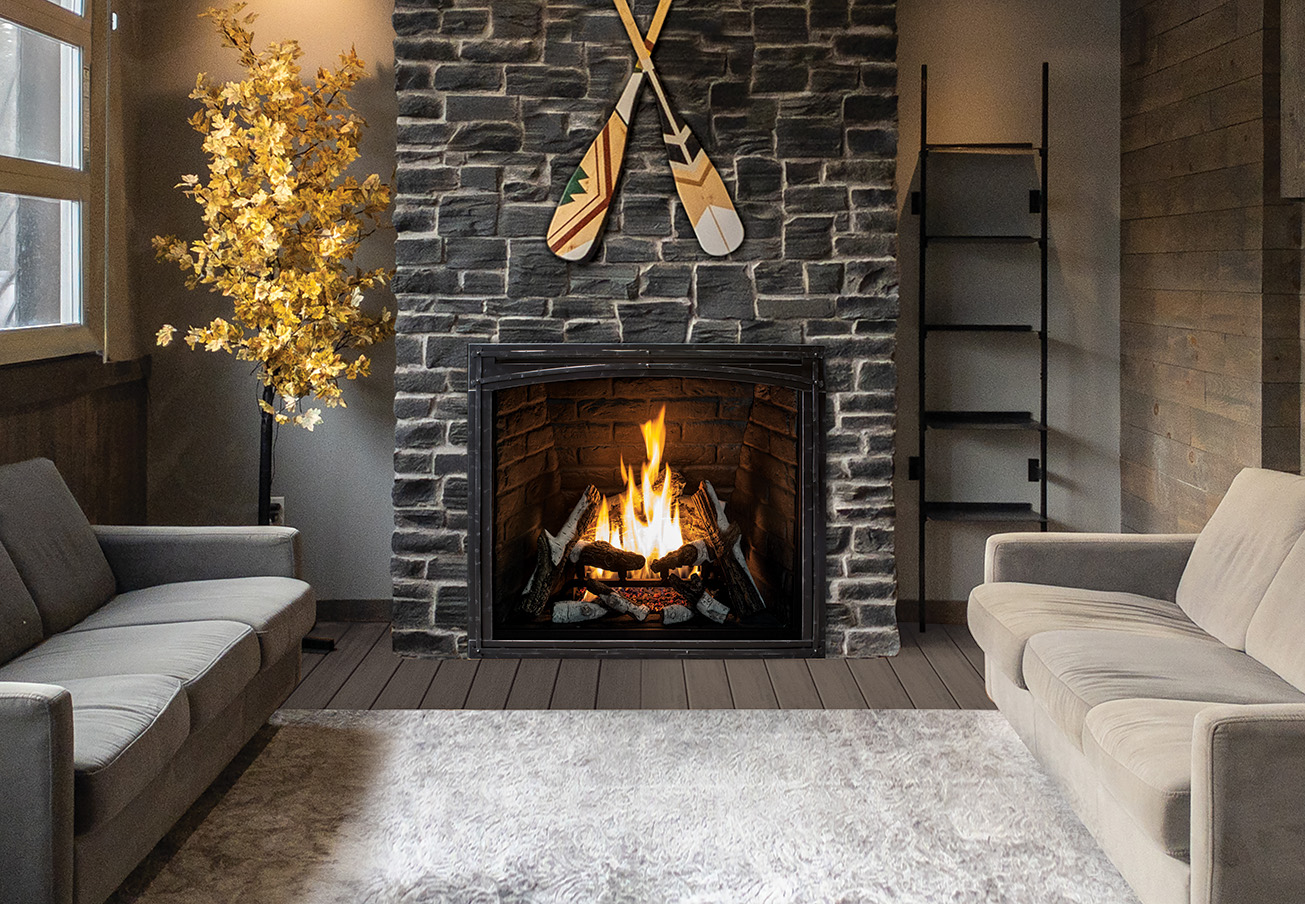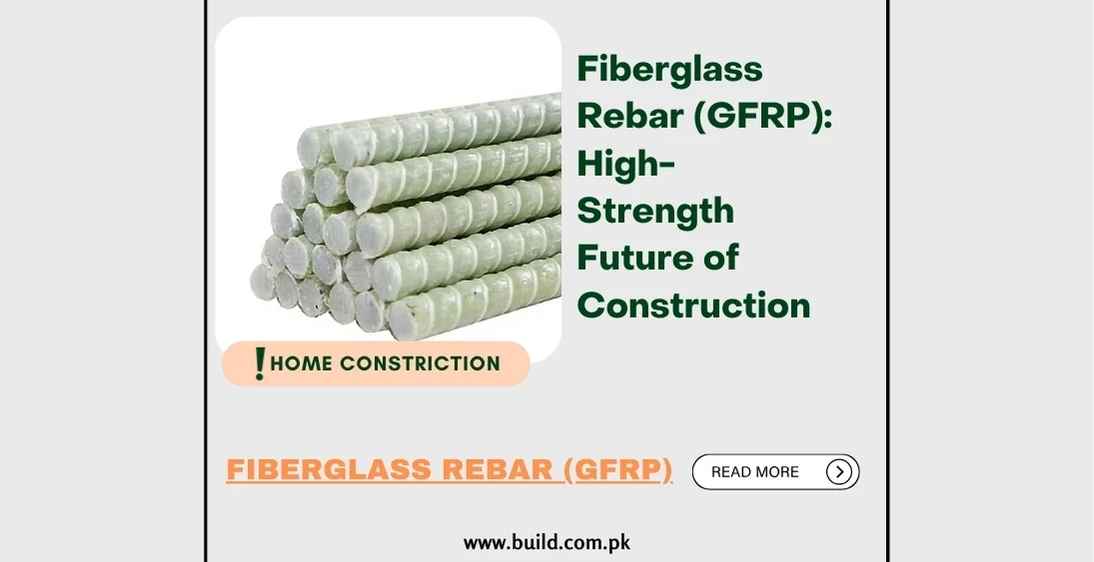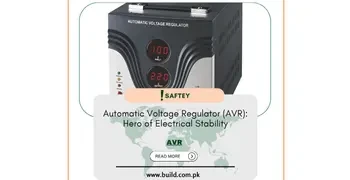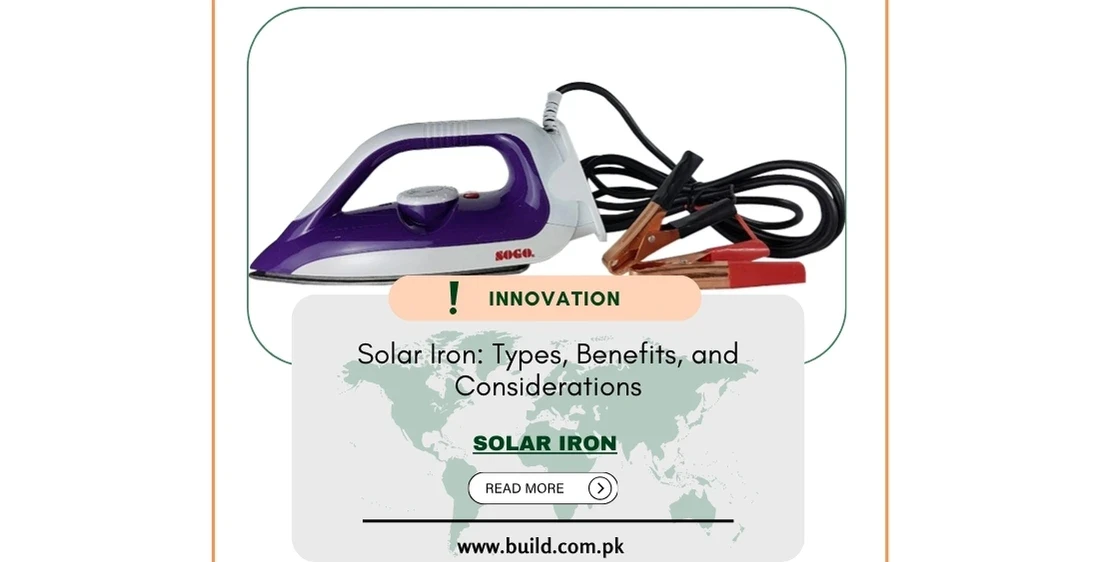Fireplaces Igniting Elegance: A Comprehensive Guide to Beauty

Introduction:
Fireplaces have long held a central place in
homes, offering not only warmth but also a focal point for gatherings. This
guide delves into the diverse world of fireplaces, exploring different types,
their advantages and drawbacks, notable bran ds, market availability, estimated
prices, and factors to consider before making a choice.
Understanding Fireplaces:
A fireplace is more than just a
heating appliance; it is a symbol of comfort, ambiance, and architectural
elegance. From traditional wood-burning hearths to modern electric fireplaces,
these fixtures have evolved to meet varying preferences and lifestyles.

Types of Fireplaces: A Symphony of Warmth and Style
Wood-Burning Fireplaces:
Immerse yourself in the timeless allure of a wood-burning
fireplace. These classics provide not just warmth but an authentic experience,
complete with the crackling sounds of burning wood. The ritual of tending to a
real fire adds a nostalgic touch to any home. Reputable brands such as Majestic
Fireplaces and Regency Fireplace Products are celebrated for crafting
high-quality wood-burning options that capture the essence of traditional
hearths.
Gas Fireplaces:
Modern convenience meets warmth with gas fireplaces. With a
simple flip of a switch, you can enjoy efficient heating and the ambiance of
dancing flames. Brands like Heat & Glo and Napoleon Fireplaces lead the way
in innovative gas fireplace designs, providing a range of options to suit
different tastes and home aesthetics.
Electric Fireplaces:
For versatility and easy installation, electric fireplaces
are the go-to choice. Simulating flames and heat without the need for a
chimney, they are ideal for various settings. Brands like Dimplex and
ClassicFlame are renowned for their cutting-edge electric fireplace technology,
offering a myriad of designs to cater to modern preferences.
Ethanol Fireplaces:
Embrace eco-friendly warmth with ethanol fireplaces. These
units produce real flames without the need for a chimney, making them a clean
and contemporary choice. Pioneering brands like Ignis Products and EcoSmart
Fire have redefined firepla ce design, offering stylish and sustainable options
that align with modern living.
Advantages of Fireplaces: Igniting Comfort and Style
Ambiance and Aesthetics:
The allure of a fireplace extends beyond practicality. It
serves as a captivating focal point, infusing spaces with coziness and visual
appeal. The dance of flames creates an ambiance that transforms any room into a
welcoming haven.
Efficient Heating:
Beyond their aesthetic charm, fireplaces provide a reliable
source of warmth. Wood-burning and gas options, in particular, offer efficient
heating, making them not just decorative elements but functional heating
appliances.
Year-Round Use:
Electric and ethanol fireplaces provide the flexibility of
flame-only operation, allowing you to enjoy the visual spectacle without
generating heat. This feature makes them suitable for year-round use, catering
to both aesthetic and climate needs.
Customization:
The beauty of fireplaces lies in their ability to be
customized. Many brands offer a range of design options, allowing homeowners to
tailor the fireplace to match their unique preferences and the overall decor of
their homes.
Drawbacks of Fireplaces
Installation Requirements: Certain types of fireplaces, especially wood-burning and gas, may require professional installation and additional infrastructure.
Maintenance: Wood-burning fireplaces demand regular cleaning of chimneys, while gas fireplaces may require periodic servicing.
Environmental Impact: Wood-burning fireplaces can contribute to air pollution, and gas fireplaces release carbon emissions. Ethanol and electric fireplaces are considered more eco-friendly.
Market Availability and Estimated Prices: Fireplaces are
available across a wide price range. Entry-level electric fireplaces from
brands like Real Flame may cost a few hundred dollars, while high-end gas fireplaces
from brands like Fireplace Xtrordinair or European Home can reach several
thousand dollars.
Factors to Consider Before Choosing Your Perfect Fireplace
Selecting the ideal fireplace involves thoughtful
consideration of various factors, ensuring that your choice aligns seamlessly
with your preferences, lifestyle, and the architectural nuances of your home.
Type of Fireplace:
The first decision revolves around the type of fireplace that
suits your needs. If you crave the authentic experience of tending to a real
fire, a wood-burning fireplace may be your preference. For modern convenience
and instant warmth, gas or electric fireplaces might be more suitable. Ethanol
fireplaces, with their clean-burning nature, offer an eco-friendly alternative.
Space and Installation:
Assessing the available space and understanding the
installation requirements ar e crucial steps. Wood-burning fireplaces, for
instance, demand a chimney and ample ventilation. Gas fireplaces often require
a gas line installation, while electric fireplaces need access to a power
source. Ethanol fireplaces, being ventless, offer greater flexibility in terms
of placement.
Aesthetic Preferences:
Fireplaces contribute significantly to the overall aesthetics
of a space. Consider your interior design style and the ambiance you wish to
create. Traditional wood-burning fireplaces with exposed brick may complement a
rustic decor, while sleek electric fireplaces can seamlessly blend into a
modern setting. Explore various design options and choose a fireplace that
enhances the visual appeal of your home.
Heating Efficiency:
If efficient heating is a priority, understanding the heating
capacity of different fireplace types is essential. Wood-burning and gas
fireplaces are known for their heating efficiency, providing warmth beyond just
the visual spectacle. Electric fireplaces offer supplemental heating, making
them suitable for smaller spaces. Evaluating the heating capabilities ensures
that your fireplace serves both aesthetic and functi onal purposes.
Maintenance Requirements:
Each type of fireplace comes with its own set of maintenance
needs. Wood-burning fireplaces require regular chimney cleaning and ash
removal. Gas fireplaces may need professional inspections to ensure safe and
efficient operation. Electric fireplaces are low-maintenance, requiring
occasional dusting and inspection. Understanding the maintenance demands helps
in choosing a fireplace that aligns with your willingness and ability to
maintain it.
Budget Considerations:
Fireplaces come in a range of price points, influenced by
factors such as type, brand, and design complexity. Establishing a budget
beforehand helps in narrowing down options and ensures that your fireplace
selection aligns with your financial parameters.
Environmental Impact:
For eco-conscious homeowners, considering the environmental
impact of the chosen fireplace is essential. Wood-burning fireplaces emit
particulate matter and contribute to air pollution, while gas fireplaces
produce fewer emissions. Ethanol fireplaces burn clean, making them an
environmentally friendly choice. Electric fireplaces, depending on the energy
source, can be a sustainable option.
Conclusion:
Fireplaces are not just functional additions to a
home; they are expressions of style, comfort, and warmth. Whether you opt for
the classic allure of a wood-burning fireplace or the modern convenience of an
electric model, the right fireplace can tran sform a space into a haven of
relaxation and sophistication. As you embark on the journey of choosing the
perfect fireplace for your home, consider the various types, weigh the
advantages and drawbacks, explore market options, and let your personal style
guide you towards the hearth that will become the heart of your home.









